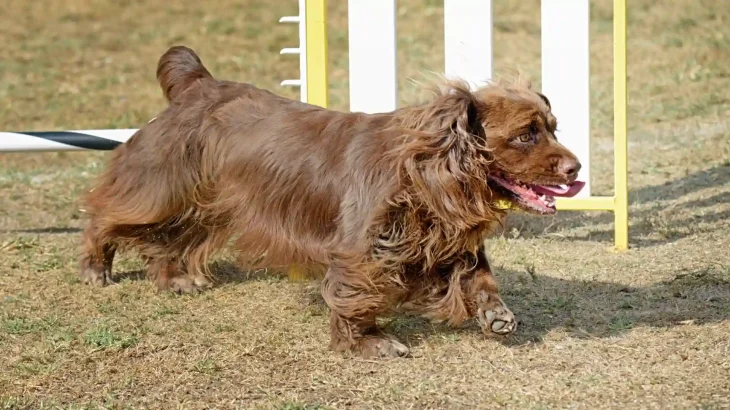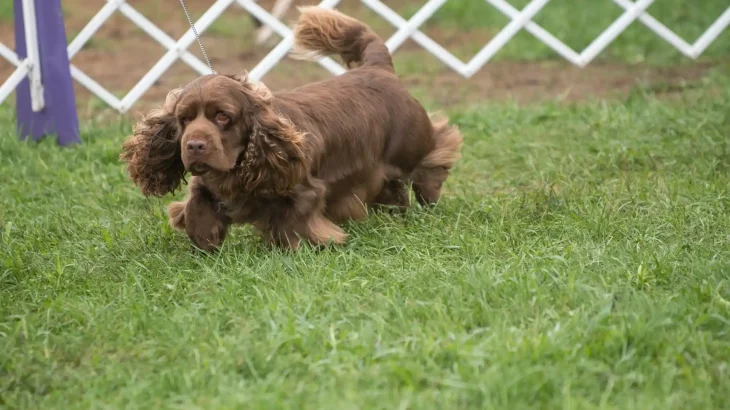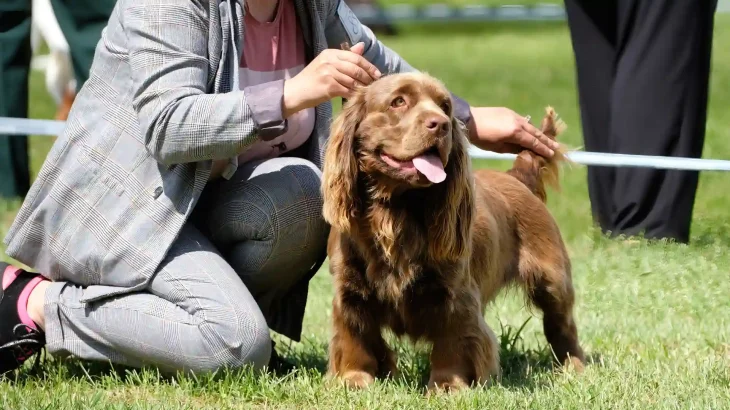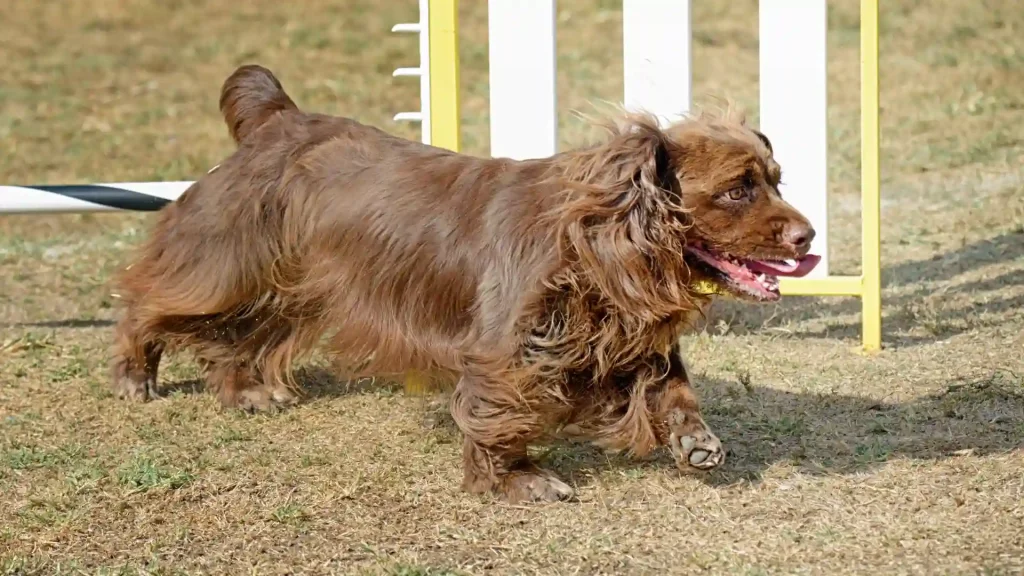Deciding whether to adopt or purchase a Sussex Spaniel puppy involves weighing factors such as the certainty of the puppy's lineage and health against the opportunity to provide a home to a dog in need. Buying from a reputable breeder usually means access to detailed health history and pedigree, while adoption often offers more affordable options and supports animal welfare. Both paths have merits based on what you prioritize in your new canine companion.
| Criteria | Buying from Breeder | Adopting from Shelter/Rescue |
|---|---|---|
| Cost | Generally higher, reflecting purebred status and breeding costs. | Typically lower adoption fees, making it more affordable. |
| Health History | Usually comprehensive health records and genetic testing provided. | Health history may be limited or unknown, though basic vet checks are done. |
| Age Availability | Primarily puppies, allowing raising from an early age. | Wide range of ages including adults and seniors. |
| Temperament Insight | Breeders provide insights based on lineage and early socialization. | Shelter staff can share behavior observations, but background may be uncertain. |
| Ethical Considerations | Supports preservation of a rare, purebred breed when sourced responsibly. | Helps provide homes for dogs in need, reducing shelter populations. |
| Breed Purity & Pedigree | Guarantees breed purity with documented pedigree. | Breed purity may not be guaranteed or documented. |




















































